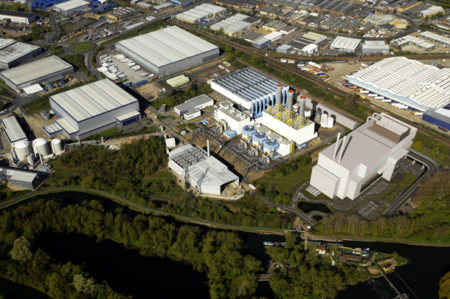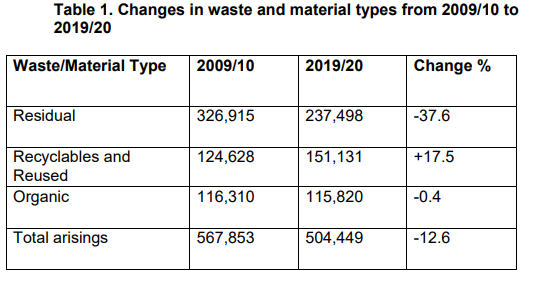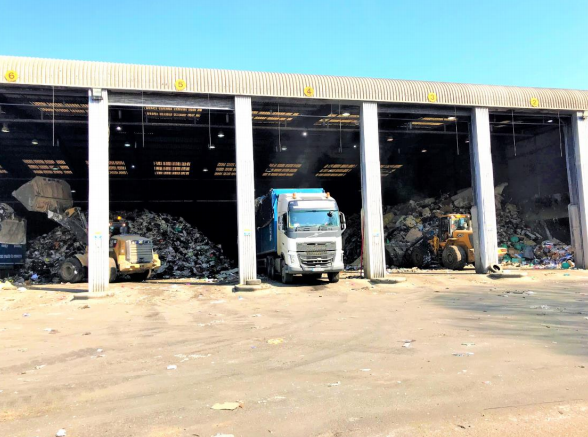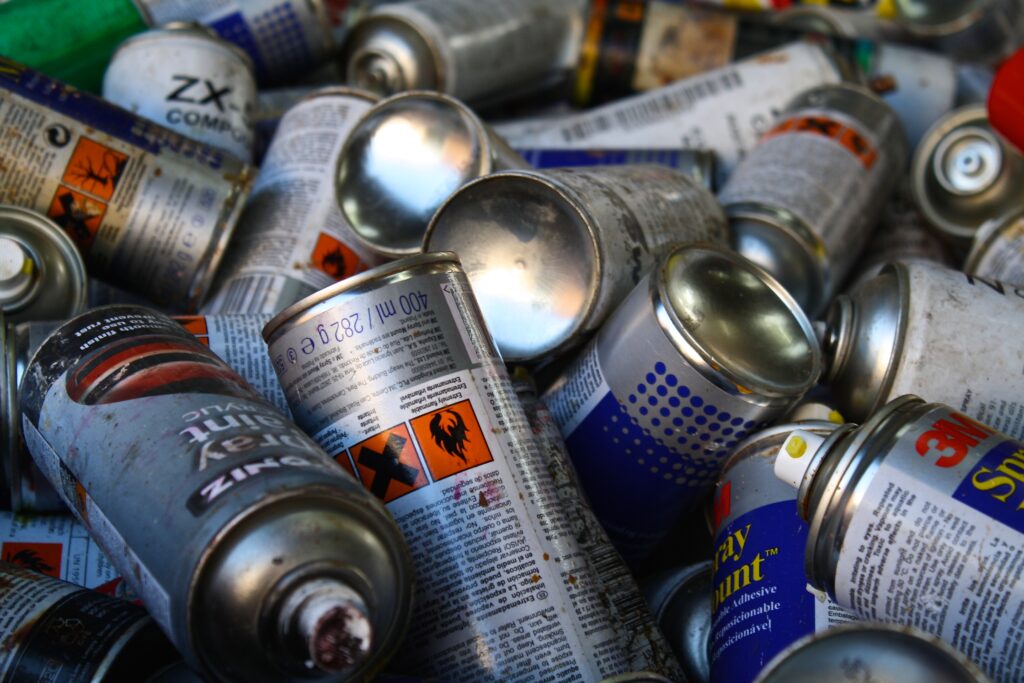Currently all Hertfordshire’s local authority collected residual waste is exported outside the county, and the council has had two plans for an energy from waste (EfW) plant rejected.

A report written by waste operations and strategy team leader James Holt will go before the council’s environment cabinet panel tomorrow.
It says there is an “urgent need” to reduce waste haulage miles and congestion, while ensuring the best value for Hertfordshire taxpayers for transportation, disposal and treatment costs.
The report says two new waste transfer stations must be developed in in the east and north of the county, alongside the redevelopment of the Waterdale Waste Transfer Station, which is based near Watford.
The report reads: “Future arrangements will need to include facilities that are appropriately sized and capable of managing fluctuations in waste composition and volume. An improved network of infrastructure is necessary to manage waste efficiently and effectively for the future.”
Hoddesdon
In July 2019 the council expressed disappointment at secretary of state James Brokenshire’s decision to turn down Veolia’s plans for a 320,000 tonnes per year capacity EfW plant at Hoddesdon, Hertfordshire (see letsrecycle.com story).
At the time, the council said it “urgently needed” waste treatment capacity in Hertfordshire and without Veolia’s facility it had been left with a “significant problem”.
In Mr Holt’s report he said the development of a waste transfer station network was required in light of the secretary of state’s decision to refuse permission for an in-county waste treatment facility.
‘Spatial strategy’
Mr Holt’s report outlines a ‘spatial strategy’ for waste in Hertfordshire based on data from 2019/20. Initial but incomplete data from 2020/21 shows changes brought about by the Covid-19 pandemic led to an increase in waste collected at the kerbside and at household waste recycling centres (HWRCs).
A table provided with the report shows how local authority collected waste changed between 2009/10 and 2019/20. Overall, arisings decreased by 12.6%, primarily due to a reduction in residual waste, though dry recycling and reuse increased.

In terms of policies which could have an impact on waste infrastructure, the council says the government’s resources and waste strategy target of a national 65% recycling rate for municipal solid waste by 2035 will have “far reaching effects”.
Alongside this, population growth could see an additional 175,000 people living in Hertfordshire by 2031.
Recommendations
The report suggests a network of waste transfer stations would enable the “most economically viable disposal options”, hence the need to develop the two new facilities in north and east Hertfordshire. Potential locations have been identified near Ware in the east and Baldock in the north.

The Waterdale Waste Transfer Station requires investment because it handles 57% of Hertfordshire’s residual waste, the report says.
Mr Holt says the preference is to co-locate waste transfer stations with facilities such as waste collection authority depots or HWRCs. This, the report suggests, would offer service delivery benefits such as decreased travel for refuse collection vehicles and better value for money when developing a site.
The report says there needs to be increased provision of privately-operated materials recycling facilities (MRFs) within Hertfordshire, alongside consideration given to the development of a waste disposal authority or waste collection authority-owned facility once the impact of the resources and waste strategy is known.
The report says Hertfordshire’s current network of 17 HWRCs is “not expected to be fit for purpose”. It suggests an improved network of “more fit-for-purpose and strategically located” HWRCs, designed to serve larger catchment areas, could provide a more effective and efficient service.
The report also calls for increased funding for behavioural change campaigns to reduce residual waste.
Hertfordshire
In Hertfordshire, local authority collected waste is managed by both waste collection authorities and Hertfordshire county council as the waste disposal authority. The waste collection authorities represent 10 districts and boroughs and are responsible for collecting waste and materials from households and businesses.
Together, the waste collection authorities and waste disposal authority constitute the Hertfordshire Waste Partnership (HWP).
Hertfordshire county council had a household waste recycling rate of 52.3% in the 2019/20 financial year.











Subscribe for free